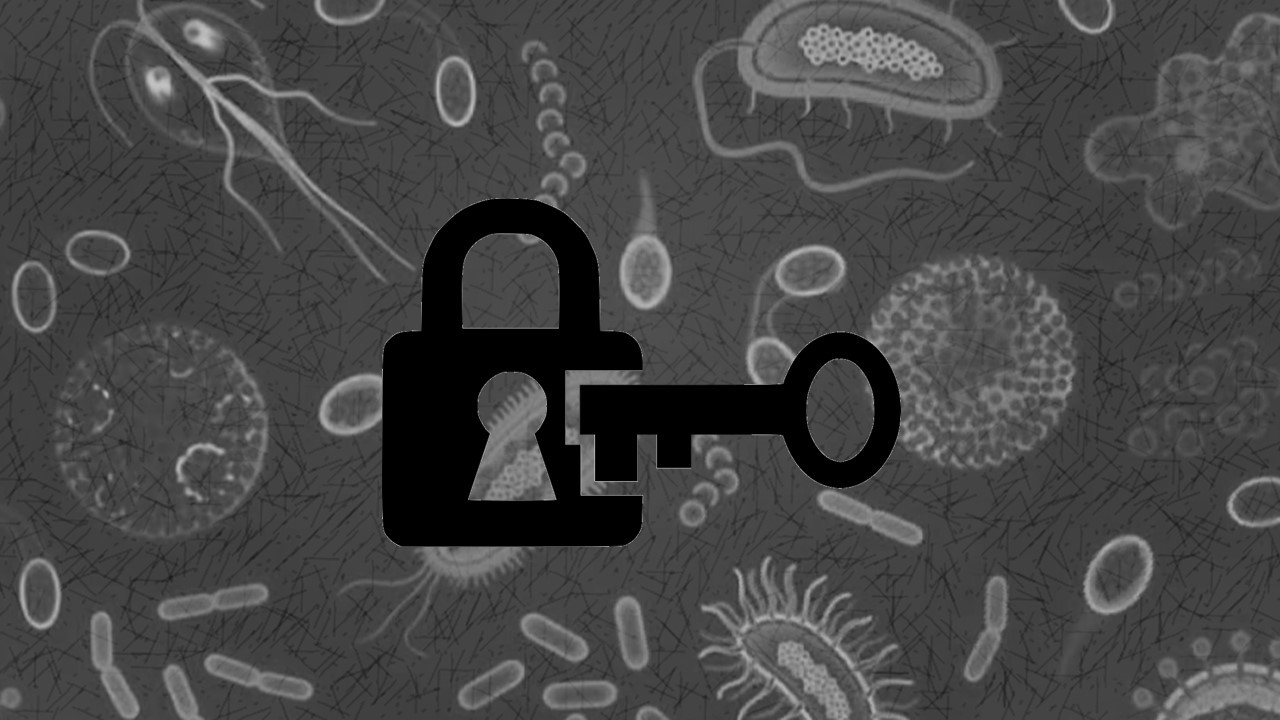
Importance of microbes in soil chemistry and agriculture is widely accepted. Still, we have failed to harness that power. Let us explore how the approach of scientists as well as regulators have been kept it under captivity.
Methods are like fashions and that influences the evolution of scientific approaches & methods. Hence, it was not surprising that the granular approach of element-specific study in chemical fertilizer is reflected in the microbial fertilizers as well.
In the mid of the 19th century, it was observed and recorded that the legumes take Nitrogen from the air, though ‘How’ remained a mystery for a few decades. Later the role of the soil ecosystem was acknowledged. It was only towards the end of the 19th century that the role of bacteria in nitrogen fixation was properly discovered and in 1895, Noble and Hitman introduced “Nitragin”as a legume inoculant as the first product for Nitrogen fixation.
The big revolution in the study of microbes shortly happened after World War II and started the age of Antibiotics. Microbes were considered the enemy. The mention of the words bacteria & fungi resonated with the thought of infection & diseases. We were obsessed with the fight against microbes. The second half of the 20th century saw a massive surge in the usage of disinfectants & antibiotics. Part of that legacy was seen during the COVID times recently.
And as we all thought that we have tamed the Natures, studies around Antibiotic resistance started building up. The perception changed and the discussion about good microbes and pro-biotics got the traction.
Coming back to the Agriculture sector, it was under the spell of the newfound love of chemical fertilizers. There was hardly any attention to the role of microbes beyond the Nitrogen fixing bacteria.
As we started discussing challenges around Antibiotics, the study of pro-biotics intensified and go the focus in Agriculture as well. The problem with the use of chemical fertilizers also started surfacing and the study of the role of microbes in Agriculture picked up towards the end of 20th century.
The approach of study was borrowed from chemical fertilizers so it was not surprising that it followed the pattern of finding nutrient-specific microbes. Accordingly, there were specialist products for Nitrogen fixation, Phosphate solubilization, and Potash mobilization.
Regulations followed, production protocols matured and the products were introduced into the market. Thankfully, Mycorrhiza, which has remained in the scientific cold storage, also returned back into the mainstream.
Till about 2010, all regulations allowed the use of a single microbe in a product. IT means a farmer has to use multiple products to get the desired result. Gradually NPK consortia was allowed. Regulators mimicked the NPK complex fertilizers pattern prevalent in chemical space. During this time microbes for other minerals like Zinc, Calcium, Sulphur, Ferrous etc. also started getting identified and isolated but failed to get the desired traction.
The point of concern is that the regulators and policy makers are still not looking at the microbial ecosystem in the soil as a complex holistic web of multiple microbes working in synergy. They still look at each microbe in isolation. It may be a good approach for researchers to have a nuanced understanding, but it is definitely not helping in unleashing the power of microbes in agriculture.
Microbial solutions should be freed from the captivity of scientific bureaucracy. I do understand that the regulators see a bigger picture and are concerned about the safety and hence have to be cautious. I also understand that the politicians are made to believe that producers may produce sub-standard products and dupe the farmers.
I am taking all of that into consideration while taking the liberty to make a few suggestions to release the technology from the clutches of scientific bureaucracy and allow innovation to thrive.
1. Release a white list of microbes which they have no concern about the safety and release it under grass category. Allow people to create products & formulations around them and sell without fear. It may be kept under regulation, but it has to be freed. This will allow microbial consortia to be released in a big way for use in soil and/or agriculture. Restrictions on genetically modified microbes should be in place as their long-term implications are not known.
2. Let the top research institutes isolate more microbes from nature, study them, and release them after study around various aspects. Release it to all manufacturers who may want it and make products out of it.
3. Allow innovators to build products within the defined boundaries. Trust that the farmers choose the solution. Farmers are smart. And the fear about spurious, inferior or poor products need to be put to rest. Even with the current regulations such products do a brisk business and are always going to be difficult. It is true in all walks of life and not just agriculture.
I might have missed many aspects and would be invite all of you to comment and engage in this discussion to unlock the potential of microbes in soil & agriculture.
There was this interesting discussion I had with Mr Prateek
The teaser of Self Running Soil Revolution for an investment
The effectiveness of any microbial product depends not just on
Mitrasena (Army of friends) is global brand of Biowall Agrihealth Pvt Ltd. Mitrasena products & protocols enables seamless transition to non-toxic farming by concurrently offering Excellent Protection, Higher Productivity & Profit and, Ease of use.
We are a DIPP recognized Startup working for non-toxic crop protection. We are driven by a highly passionate and professionally competent team.
MitraSena © 2025 | All rights reserved | Innovatively Designed and Built by Social Mukul Media
Have any query about bulk orders? Get in touch with us.